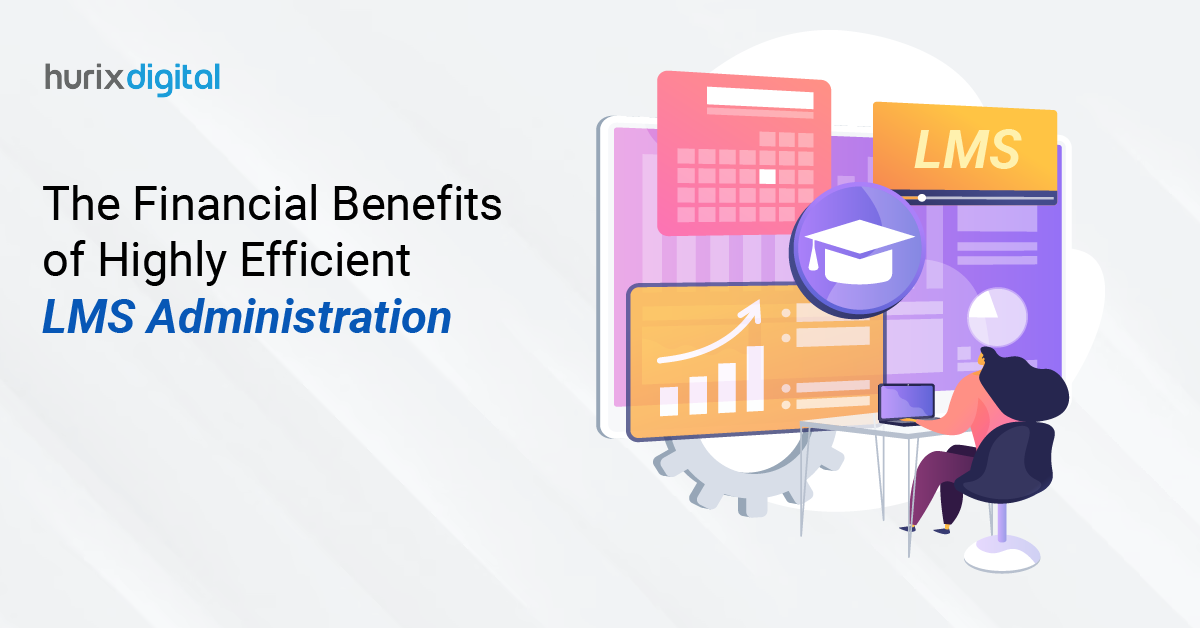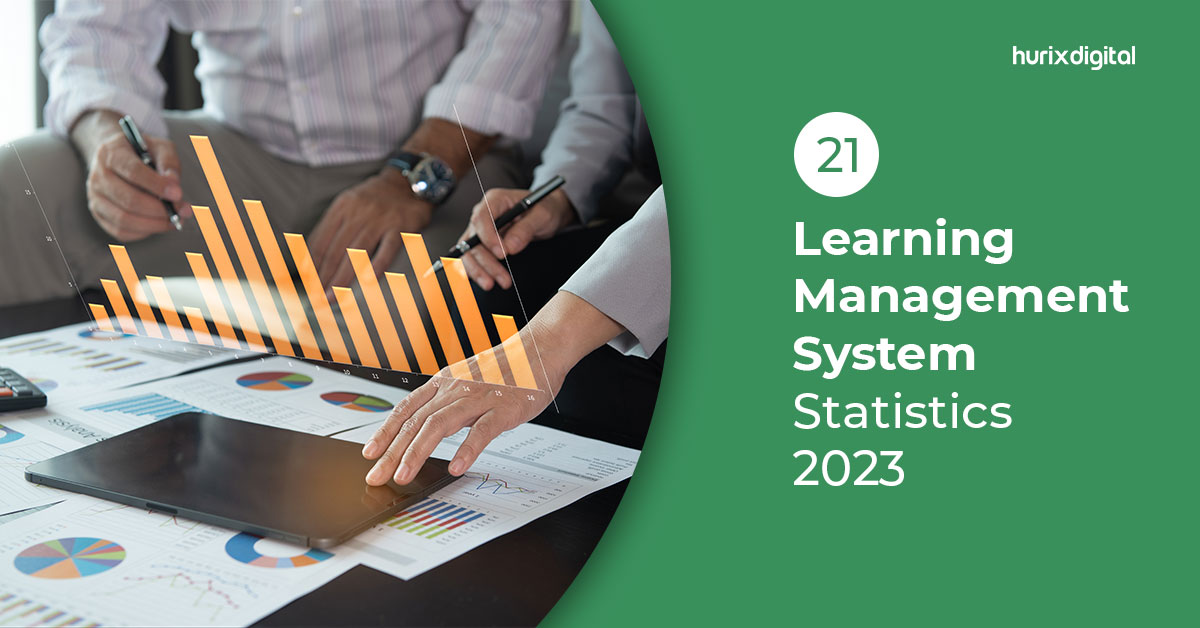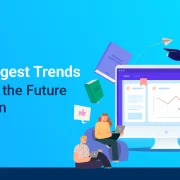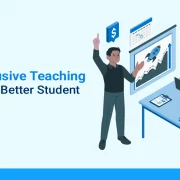
The Financial Benefits of Highly Efficient LMS Administration
Summary
Adopting LMS best practices like AI personalization, automation, and predictive analytics helps colleges stay relevant, driving higher enrollment, retention, learning outcomes, and ROI.
Over the last five years, colleges and universities in the US have struggled to grow their enrollment rates. For instance, undergraduate enrollment reduced from 18.1 million students in 2010 to 15.4 million by 2021, a concerning trend expected to continue unless the education sector undergoes significant changes quickly.
Some factors, such as the drop in birth rates after the 2008 recession and the growth of student debt, are outside the control of colleges.
However, by taking proactive steps, colleges can stay relevant to students’ evolving needs, deliver the right value, boost cost efficiency, and derive a higher ROI from their operations.
Institutions that embrace the role of technology can upgrade their systems, and culture must be faster. Adopting a superior Learning Management System and LMS management best practices is a step in the right direction.
Table of Contents:
- What is LMS Management?
- Pillars of Superior LMS Management
- How LMS Management Drives Higher ROI and Cost Efficiency
- The Conclusion
What is LMS Management?
LMS management comprises the highly streamlined planning and implementation of learning and tracking of learning effectiveness. Educational institutions, for instance, can manage the entire learning workflow via the LMS, a single, unified interface that can be accessed at all times from any location.
In the digital era, LMS management is emerging as an important function at colleges and universities due to its advantages and impact on various organizational outcomes. These include enrollment rates, student retention, diversity in the student body, operational cost-effectiveness, and return on investment (ROI).
Also Read: Using AI for Innovative Curriculum: A Guide for Educational Leadership
Pillars of Superior LMS Management
Here’s a spotlight on six LMS management best practices that can be transformative for the sustainable development of colleges and universities:
1. Deliver a Personalized Learning Experience
The needs of every individual learner are unique. Traditional learning ecosystems, however, are not equipped to serve the needs of each individual due to the sheer amount of investment needed to serve this purpose.
The use of an AI-powered LMS can help institutions disrupt the status quo. By analyzing student engagement and performance, generative AI automates curating individualized learning plans based on students’ real-time proficiency.
2. Automate All Processes
Educational institutions need to automate as many processes as possible to improve efficiency in all aspects of the learning ecosystem.
The full spectrum of processes that can be automated ranges from planning and creating on-demand learning resources to onboarding new learners and distributing content to all students.
3. Build a Lifelong Learning Ecosystem
An AI-powered LMS enables educators to upgrade existing programs and introduce new programming systemically to keep pace with the industry.
Building a lifelong learning ecosystem emphasizing skill-building, career resources such as resume-building and interviewing skills, mentorship, internships, and industry engagement helps learners stay agile. It prepares them for future career paths and encourages them to continue upgrading their skills.
4. Encourage Self-Learning
Using a superior LMS, educators can seamlessly create new learning resources. They can build an interactive library of digital, on-demand, byte-sized resources that nudge students toward self-learning.
By creating mobile-friendly resources, learners can log in from any location and begin learning at any time of the day. Access to byte-sized learning resources also nudges learners to embrace micro-learning, which enables faster absorption and retention of knowledge.
5. Reimagine Assessments
Using a superior LMS enables learners to take tests at regular intervals to understand where they stand regarding learning proficiency. Tests can be presented in multiple formats, which helps make the assessment process engaging and personalized.
Regular testing helps learners understand their weaknesses and focus on mastering these areas.
6. Build an Accessible Learning Experience
Another key pillar of LMS management is ensuring that all learning resources are accessible for learners with visual, hearing, language, learning, mobility, and motor challenges.
Institutions that invest early in building inclusive learning ecosystems can capitalize on the growing demand for quality education.
7. Leverage the Power of Predictive Data Analytics
As in every sector, data will be important in helping educational institutions.
Educators must leverage the benefits of inbuilt data analytics to understand student engagement, behavior, habits, and performance. They can generate detailed reports and harness the data insights to evolve learning pedagogy and culture.
How LMS Management Drives Higher ROI and Cost Efficiency
Let’s understand how best LMS management practices drive higher ROI and bring about cost efficiency:
1. Higher Market Capture
As educational institutions become more diverse, inclusive, and agile in their offerings, they can attract diverse student demographics.
Some examples include learners with disabilities, international students, and professionals seeking virtual learning opportunities. Institutions can, in turn, drive higher enrollments.
2. Higher Learner Retention
Unengaged learners tend to drop out of programs sooner. Students who become more engaged in their learning ecosystems are likelier to stay on and complete their programs.
3. Boost Learning Results
Superior LMS management helps educators track their students’ performance every step of the way and, in turn, boost learning effectiveness. Educational institutions with better learner results tend to be more attractive to learners looking to invest in their future.
4. Lower Operational Costs
As educational institutions streamline and automate power processes, they can reduce errors and opportunity costs and run their operations with lean, skilled teams. These shifts result in significant cost savings.
5. Make Data-Driven Decisions
As educational institutions begin making important decisions based on real-time data, they are better prepared to respond to future trends. A data-driven culture paves the way for institutes’ operational success and sustainable growth.
Also Read: Future-Proof Your Curriculum: Using AI in Education for Student Learning
The Conclusion
Like any other sector, education must upgrade its systems, practices, and culture to be relevant to learners in today’s digital era. Superior LMS management can help institutions stay agile, engage students, be inclusive, and prepare them for a fast-evolving workforce. Driving higher ROI is also an important by-product of this transition.
Institutions are looking to improve operational efficiency and drive revenues. Technology specialist Hurix Digital offers a mix of subscription and customized models to deliver a superior impact on LMS management.
Get in touch with us to start a conversation!

Senior Vice President – Business Development
Over 25 years of experience in the edtech and workforce learning industry with strong skills in Business Development, Customer Relationship Management (CRM) and Strategy.







